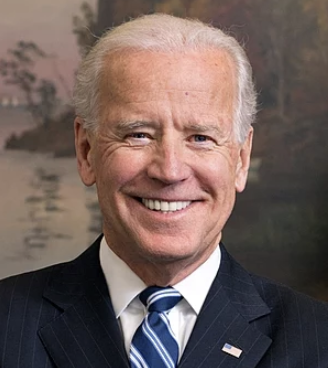Many U.S. Adults Believe Workers Still Need Masks in the Workplace
Nearly six in 10 U.S. adults (57%) believe employees should be required to wear a mask when working at an on-site work location, even after being vaccinated for Covid-19, according to results from an American Staffing Association Workforce Monitor® online survey conducted June 10–14 by The Harris Poll among 2,066 U.S. adults aged 18 and older.
Notably, 70% of Blacks/African-Americans and 64% of Hispanics/Latinos believe employees should be required to wear a mask when working at an on-site work location, even after being vaccinated for Covid-19, compared with 50% of Whites/Caucasians. Two-thirds of parents with children under 18 (65%) feel this way, compared with 53% of nonparents of minor children.
“While government officials are rolling back Covid-19 requirements throughout the country, many workers aren’t ready to give up their masks just yet,” said Richard Wahlquist, ASA president and CEO. “As brick-and-mortar workplaces reopen, workers are anxious about being around their colleagues once again. Employers must clearly communicate what steps they are taking to make their workplaces safe for their employees as they reopen.”
The Workforce Monitor also uncovered a tension between the right to know about co-workers’ vaccine status and the right to privacy about one’s own status. While two in three U.S. adults (66%) believe employees have a right to know if their co-workers have been vaccinated against Covid-19, a majority (60%) also say their personal vaccine status is no one’s business but their own.
House Approves Contentious Infrastructure Bill
WASHINGTON, DC – Shortly before the Independence Day holiday break, the House of Representatives approved a five-year, $715 billion transportation and drinking water bill. According to the New York Times, the measure “would do more to combat climate change than the Senate’s bipartisan measure embraced by President Biden.” [See CSC’s Infrastructure Bill – Opinions and Predictions.]

Calling it another marker in the infrastructure negotiations, reporter Jonathan Weisman characterized the move as a baseline for talks with the Senate aimed at producing the “largest investment in infrastructure” since Eisenhower began the interstate highway system. “It would devote $343 billion to roads, bridges and safety,” writes Weisman. “Its $109 billion for transit would increase federal spending by 140 percent. An investment of $168 billion in funds for wastewater and drinking water includes a new program to forgive the unpaid water bills of Americans struggling through the pandemic, and then to help pay bills in the future, much as the government helps pay home heating and air conditioning costs.”
AGC: Construction Employment Declines
A press release from Associated General Contractors of America (AGC) reports that construction employment declined by 7,000 between May and June as the industry still employs 238,000 fewer people than before the pandemic. The AGC analysis draws on recently released government data. Association officials said that job losses in the nonresidential construction sector offset modest monthly gains in residential construction as many firms struggle with worker shortages, supply chain disruptions and rising materials prices.
“It is hard for the industry to expand when it can’t find qualified workers, key building materials are scarce, and the prices for them keep climbing,” said Stephen E. Sandherr, the association’s CEO. “June’s job declines seem less about a lack of demand for projects and a lot more about a lack of supplies to use and workers to employ.”
Construction employment in June totaled 7,410,000, dropping 7,000 from the revised May total. The total in June remained 238,000 or 3.1 percent below February 2020, the high point before the pandemic drove construction employment down. The number of former construction workers who were unemployed in June, 730,000, dropped a quarter from a year ago and the sector’s unemployment rate fell from 10.1 percent in June 2020 to 7.5 percent this June.

Residential and nonresidential construction sectors have differed sharply in their recovery since the pre-pandemic peak in February 2020. Residential construction firms—contractors working on new housing, additions, and remodeling—gained 15,200 employees during the month and have added 51,000 workers or 1.7 percent over 16 months. The nonresidential sector—comprising nonresidential building, specialty trades, and heavy and civil engineering contractors—shed 22,600 jobs in June and employed 289,000 fewer workers or 6.2 percent less than in February 2020.
Sandherr noted that many firms report key materials are backlogged or rationed, while also reporting frequent increases in the amount they pay for those materials. In addition, many firms are having a hard time finding workers to hire despite the relatively high number of people currently out of work. He added these factors are contributing to rising costs for many contractors, which are detailed in the association’s updated Construction Inflation Alert.
Association officials said they were taking steps to recruit more people into the construction industry. They noted the association launched its “Construction is Essential” recruiting campaign earlier this year. They said Washington officials could help the industry by taking steps to ease supply chain backups. They also continued to call on the President to remove tariffs on key construction materials, including steel.
“It appears there are large numbers of qualified workers available to hire who are on the sidelines until schools reopen and the federal unemployment supplements expire,” said Sandherr. “Our message to these workers is clear, there are high-paying construction careers available when they are ready.”

